Related Tags
25 ways to upgrade your Fender Stratocaster
How can you improve a guitar that’s been described as already close to perfection? Here are 25 ways to make your Fender Strat play and sound better than ever before.
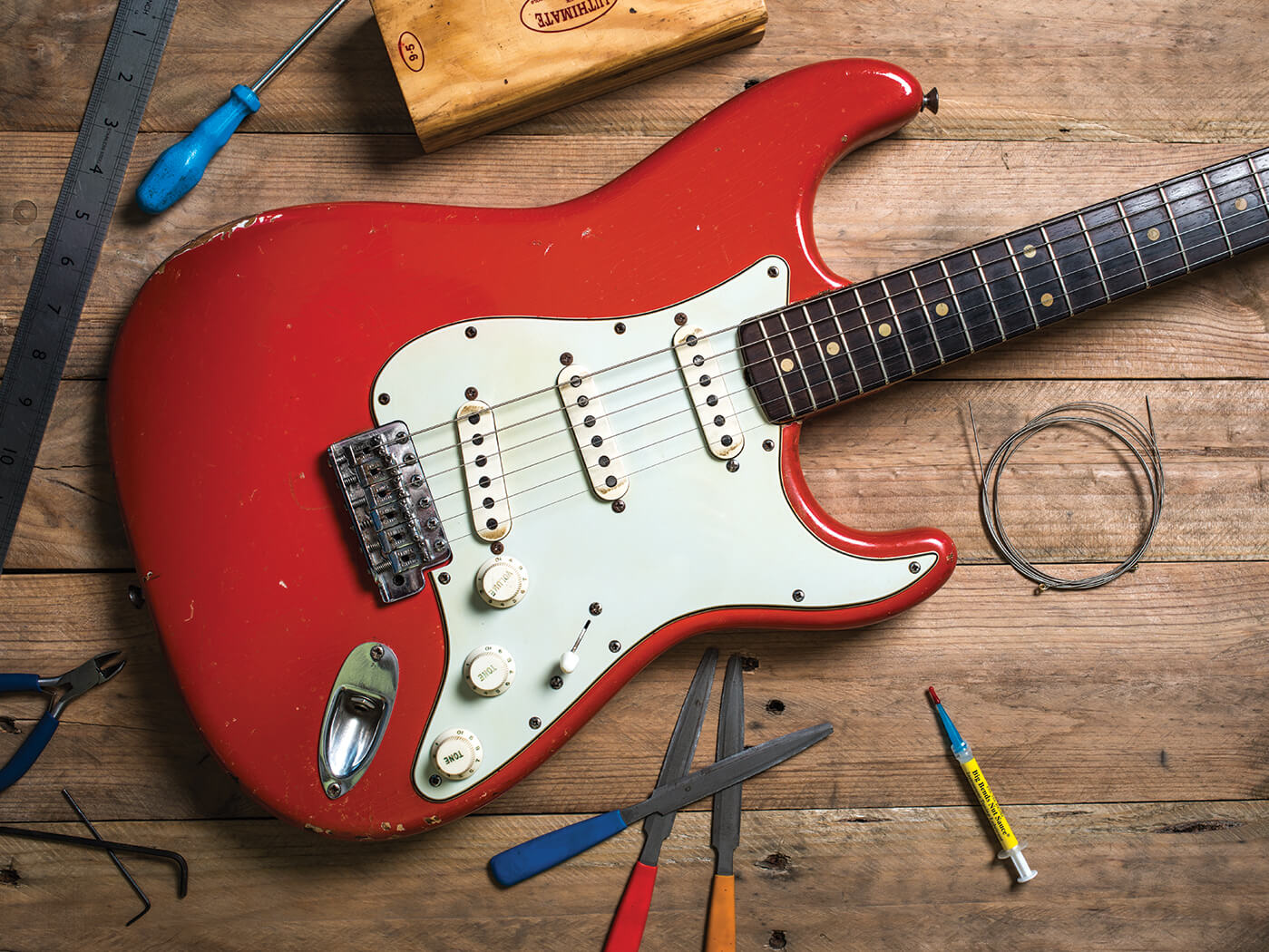
There was a time when vintage Fenders were thought to sound superior to newer ones simply because they were old, and most players were content to leave it at that. As the prices of vintage Fender Stratocasters went stratospheric, the guitar community began to ask why the old ones sounded different. Could those characteristics be replicated with newer instruments?
Well, maybe, yes. It became apparent that various changes had been made to Fender’s manufacturing methods and materials. In retrospect, 1965 was not ‘year zero’ for Fender because these changes occurred gradually – even if most were instigated by CBS bean-counters.
The emphasis of this article is on optimising the basic instrument, and many of these modifications won’t cost you a thing. Others are relatively cheap, and we’d advise you to investigate all the options before spending big money on exotic parts… because with a few judicious tweaks, a bit of basic wiring and some routine maintenance, that old Strat may yet surprise you.
1. Tighten up your neck
If a guitar’s neck is loose in its pocket, it will be less effective at transferring vibrations. On top of that, the neck may actually move around, causing tuning instability and even string slippage. On occasion, you can see a gap between the bottom of the neck and the neck pocket, even when the screws are fully tightened. Assuming there’s no shim, this could be because the screw holes in the body are too narrow for the screws. If you can’t push the plate screws straight through the body holes, you should have them drilled out to increase their diameter.
2. Block the tremolo
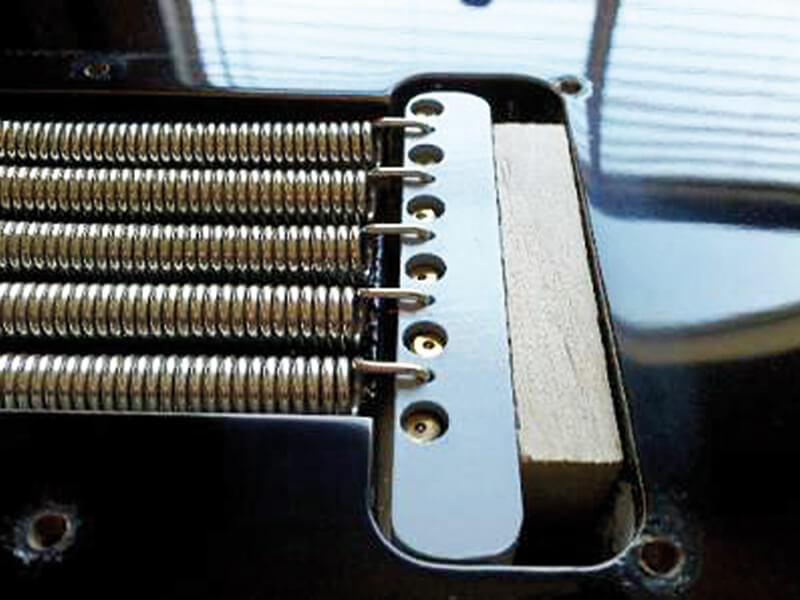
Some Strat players never use the vibrato – Robert Cray and Billy Gibbons prefer hardtails – but most consider the springs to be an essential component of the Stratocaster sound. How can you have a vibrato-loaded Strat that can be tuned up in a single pass and won’t go out of tune when you snap a string? Simple: tighten the spring claw, place a lump of wood between the bridge block and the back of the vibrato rout and slacken off the claw to allow string tension to wedge it in place. It’s simple, it’s cheap, and it works. Just ask Eric Clapton.
3. And consider steel trem blocks
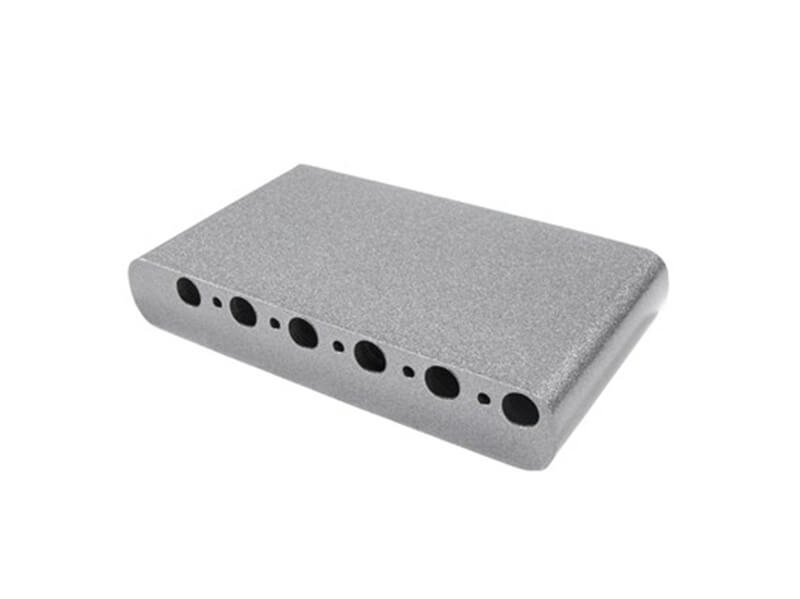
Fender originally used 10oz cold rolled steel (CRS-1018) blocks with shallow holes for the ball ends, and these are generally regarded as being effective tone enhancers. The brand now sells a Pure Vintage version. Use a magnet to test if your block is steel – if the magnet falls off, it isn’t. Callaham’s vintage-spec blocks are excellent but expensive in the UK.
UK equivalents are available from Wudtone, and Kevin Hurley sells his blocks on eBay, both relic’d and non-relic’d and in narrow and wide spacing. With either of these, you should get extra brightness, definition and sustain. Even if you don’t plan to change your block, it’s worth popping off the bridge plate to scrape off any paint that may be applied to the top.
4. Clean up your neck pocket

To resonate together as one, the body and neck of a guitar should be coupled as tightly as possible. Wood-to-wood contact is ideal – but this isn’t the way things generally turn out. Pop the neck off and you can find various horrors in the pocket. A shim is often needed to achieve an optimal neck angle – and it’s accepted practice – but rubber grommets, cardboard and scraps of sandpaper are not ideal. Try a sliver of hardwood veneer if you need to shim. Many necks have labels and stickers in between the screw holes. Peel them off and clean up any residual stickiness.
5. Add a bridge pickup tone control

Many have wondered why Fender’s original design chose to provide tone controls for the neck and middle pickups but neglected to provide treble roll-off for the pickup that actually needed it most. It’s likely down to some combination of the darker tonality of early tweed amplifiers and the high-treble requirements of the Western swing players who were Leo’s clients, but it’s easy enough to remedy and if you can solder, it shouldn’t cost a thing.
Method one is to swap the middle (or neck) pickup’s tone control to the bridge pickup; method two is to locate the wire that connects the second tone pot to the switch, then solder a short section of wire between that tag and the next tag along towards the middle of the switch. Problem solved.
6. Swap out your saddles

Most of the changes introduced during Fender’s CBS era were intended to reduce costs. Like many other components, the quality of string saddles fell when a cheap alloy nicknamed ‘monkey metal’ replaced the bent steel. For vintage tone, steel saddles may provide a noticeable improvement; other popular choices include stainless steel, graphite and titanium. They all have different tone and sustain characteristics, so do your research and make sure the saddles you choose are compatible with your Strat’s string spacing.
7. Add a shielding plate
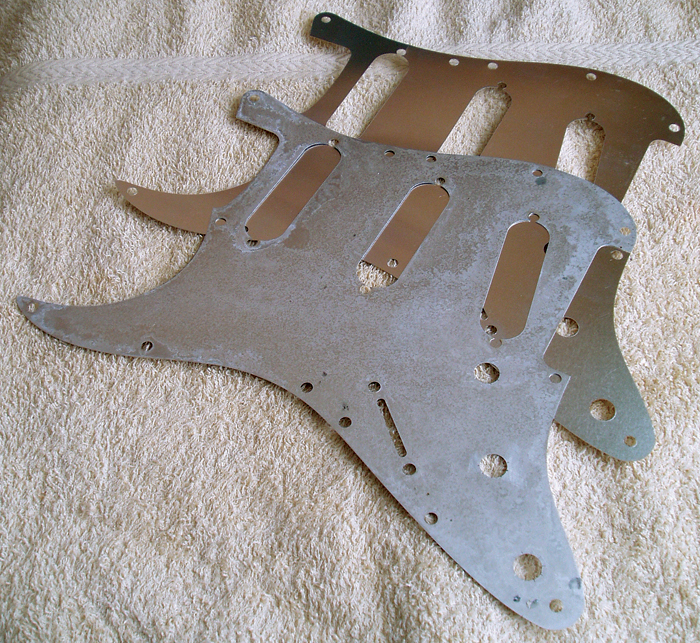
Between 1959 and 1967, Fender used an aluminium shielding plate beneath the Stratocaster’s scratchplate. We can’t offer a scientific explanation, but we once fitted one on a whim to an old Strat and marvelled at how it made the guitar’s midrange acquire a thicker, chewier and sweeter vintage loveliness. If you’re after that SRV-style Strat sound, for the cost of a £10 shield, this is well worth trying.
8. Shim your string tree
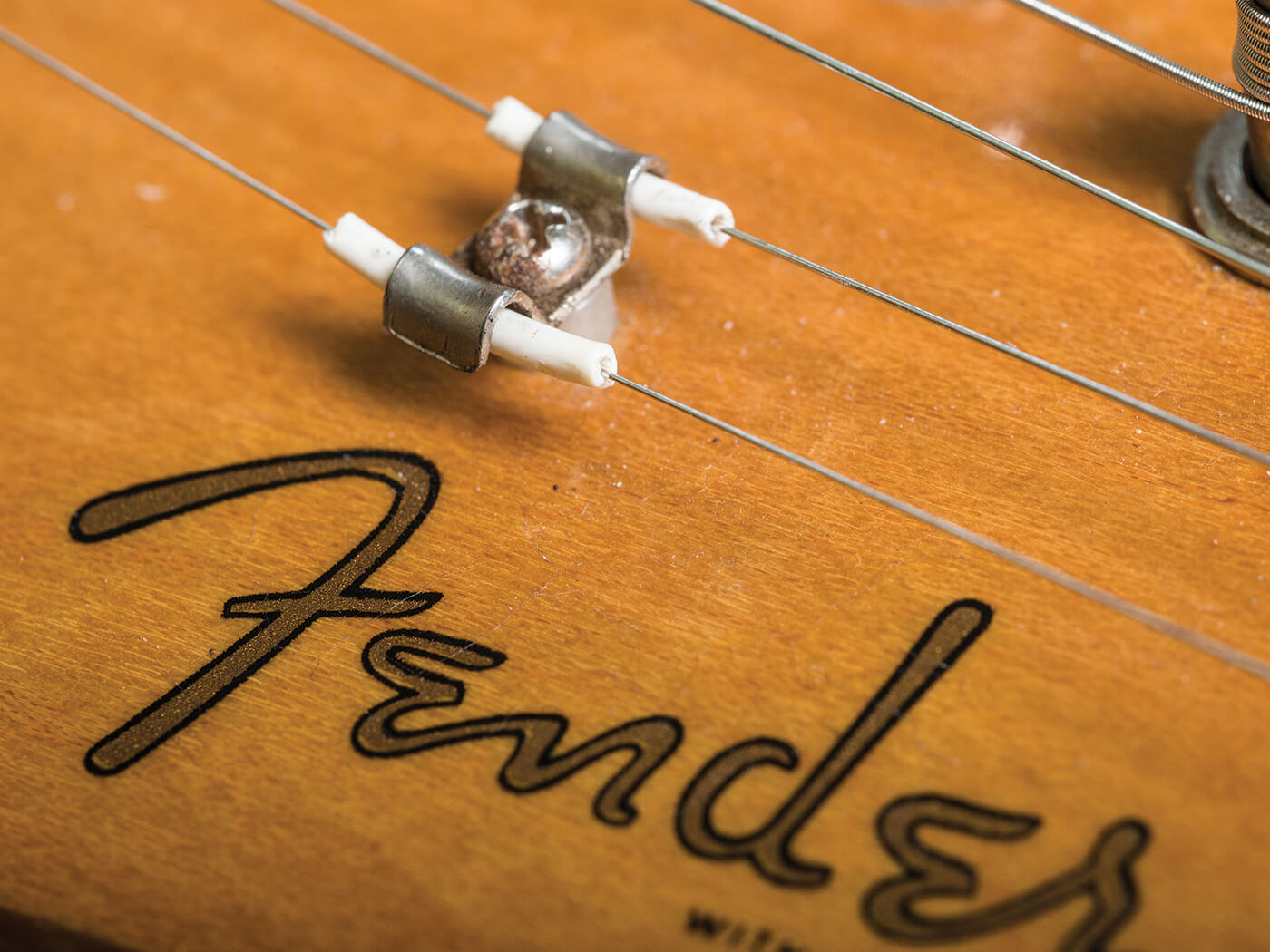
In lieu of an angled headstock, Fender uses string trees to achieve the necessary break angle over the nut. But we’ve seen plenty of Strats with string trees screwed flat to the front of the headstock, making the break angle greater than it needs to be and increasing friction under the tree itself. Put a spacer under the string tree to reduce the angle and straighten the string path between the nut and the tuners – it should improve your tuning stability.
9. Tune your trem
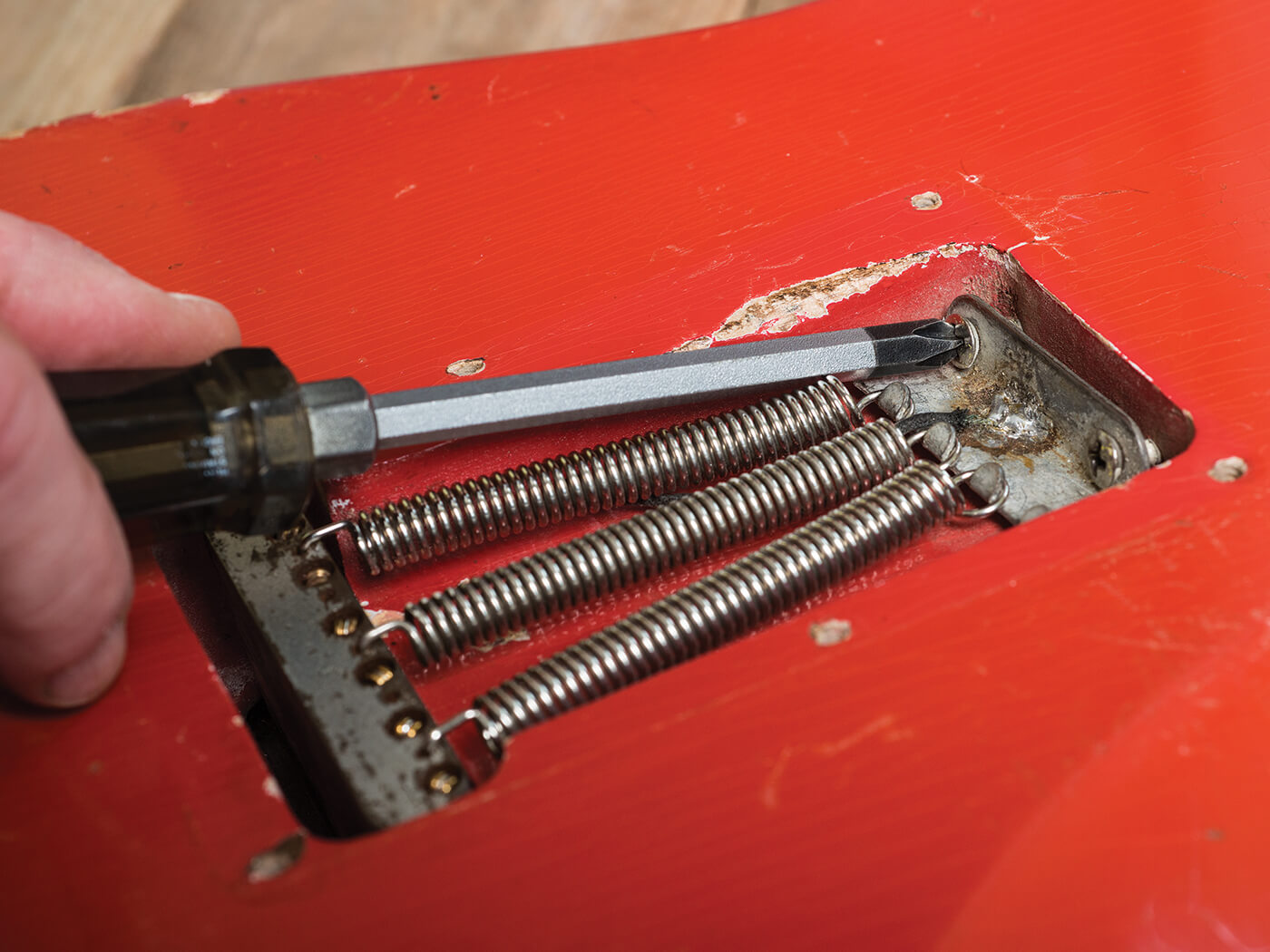
Leo Fender and his team intended the Stratocaster vibrato to be a floating unit, where the spring tension balances out the pull from the strings. There are no hard and fast rules about setting these up, because all players require different feels. Some require no upward movement, but most prefer to be able to bend above and below pitch. Tightening and loosening the claw screws on either side fine-tunes the response and it can be done with surprising precision.
Carl Verheyen tunes his trems so the third, second and first (G, B and E) strings pull up a minor third, a tone and a semitone respectively. It sounds very musical and it’s surprisingly easy to set up – try it!
10. Stiffen your arm
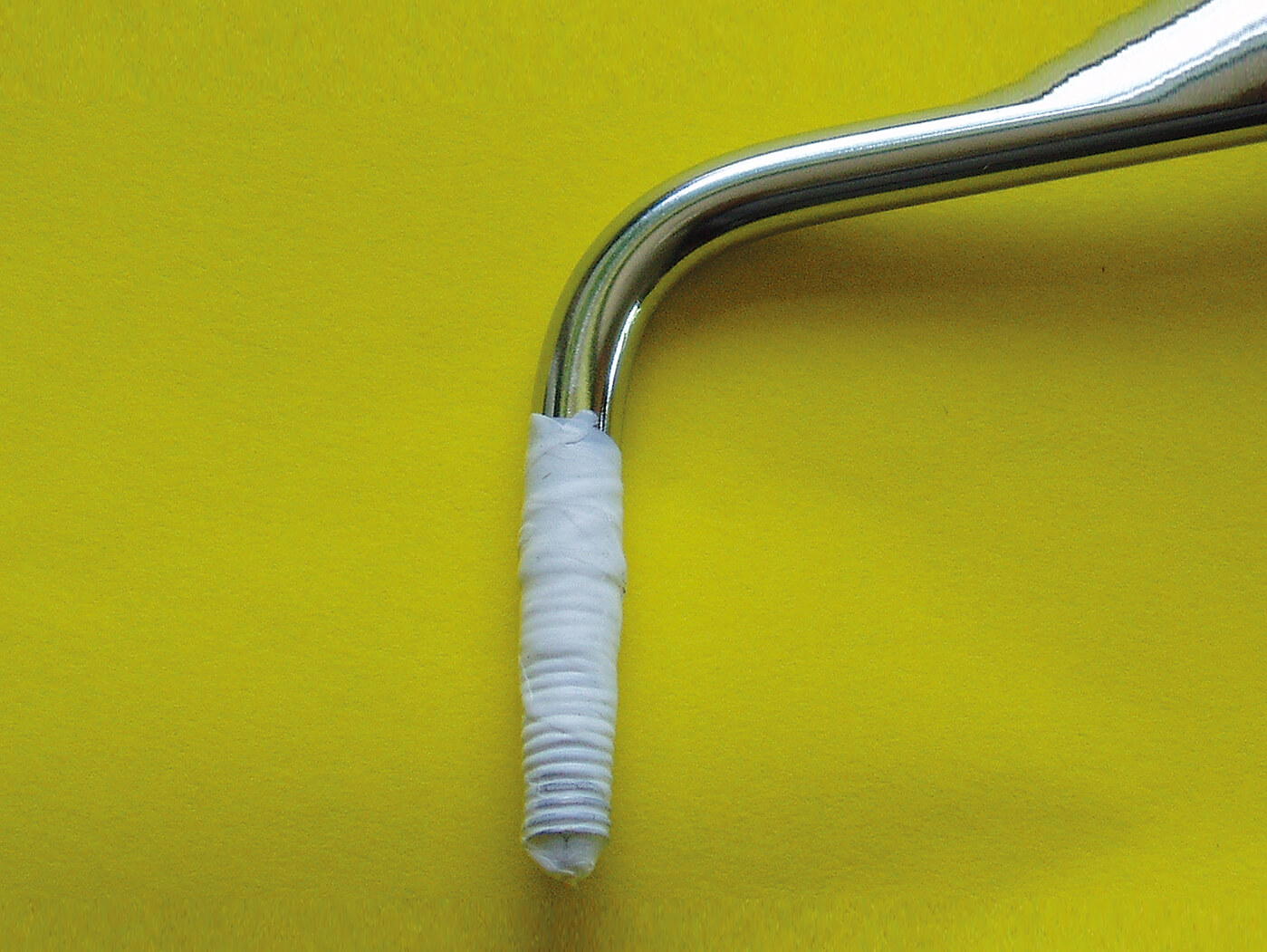
Over time, vibrato arms can become loose. If they develop too much play, they rattle back and forth when you use them, causing noise and making it harder to achieve a smooth action. There are a couple of tried and trusted remedies. Some players like to drop a small spring into the bottom of the arm hole so that as the arm is tightened, it presses against the spring and feels a bit more stable. Another popular fix is to wrap PTFE tape around the arm thread.
11. Remove the spring cover

This one is a source of contention, because some players claim to hear the effect of a removed spring cover while others can’t hear any change at all… and even the advocates admit it only works on some Strats. Either way, it’s free and totally reversible. Simply unscrew the six screws holding the spring cavity cover onto the back of the body and remove it. If your guitar sounds more resonant and responsive, then congratulations on completing a successful upgrade. You’ll probably find string changing a lot easier, too. If your guitar sounds just the same, feel free to put the cover back on.
12. Beat the buzz
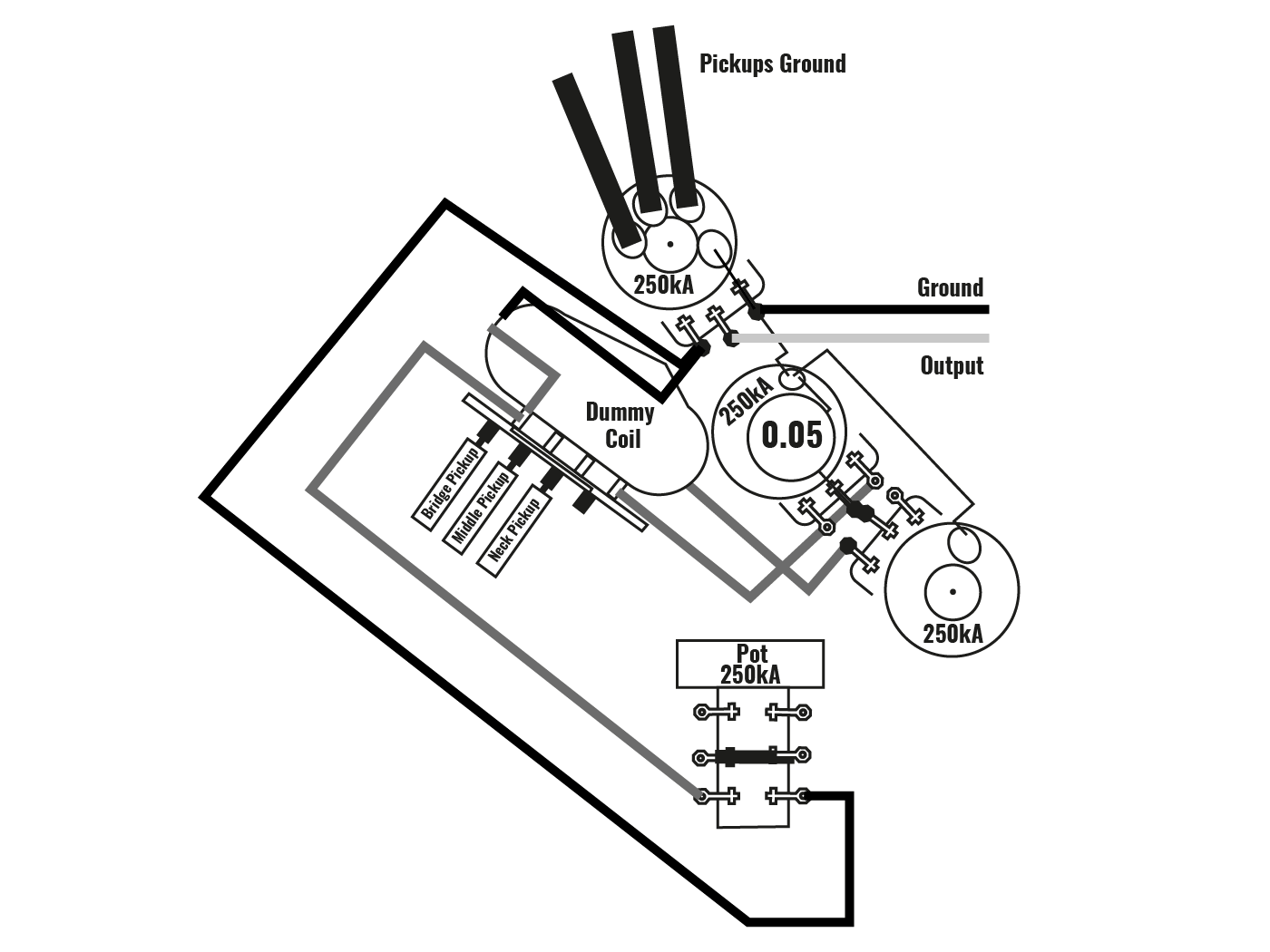
All guitars with single-coil pickups are prone to picking up noises, and Stratocasters will buzz and hum depending on the environment. Fortunately, there are ways to quiet things down. The simplest is to fit an RWRP pickup in the middle position, but this will only hum-cancel in positions 2 and 4.
Some advocate lining the pickup and control routs with copper foil. Allparts sell sticky-backed copper, but you have to join all the edges with solder because the adhesive is non-conductive. Many pro players have installed dummy coils, and they feature in some Suhr models; you can remove the bar magnet from the underside of a cheap pickup and use it as a dummy coil. Ultimately, though, the only sure-fire way to silence a Strat is to install noiseless pickups such as Lace Sensors or Kinmans.
13. Change the capacitor value

Treble is always lost through tone circuits – even when they’re supposedly off – so the capacitor value is significant. A Strat will sound brighter with a 0.047uF cap than a 0.1uF. If you’re chasing ‘vintage tone’ it’s worth spending 20p on a 0.1uF capacitor before spending £200 on a set of pickups. If you want your Strat to sound brighter, try a 0.022uF cap.
14. Try Dan Armstrong’s wiring
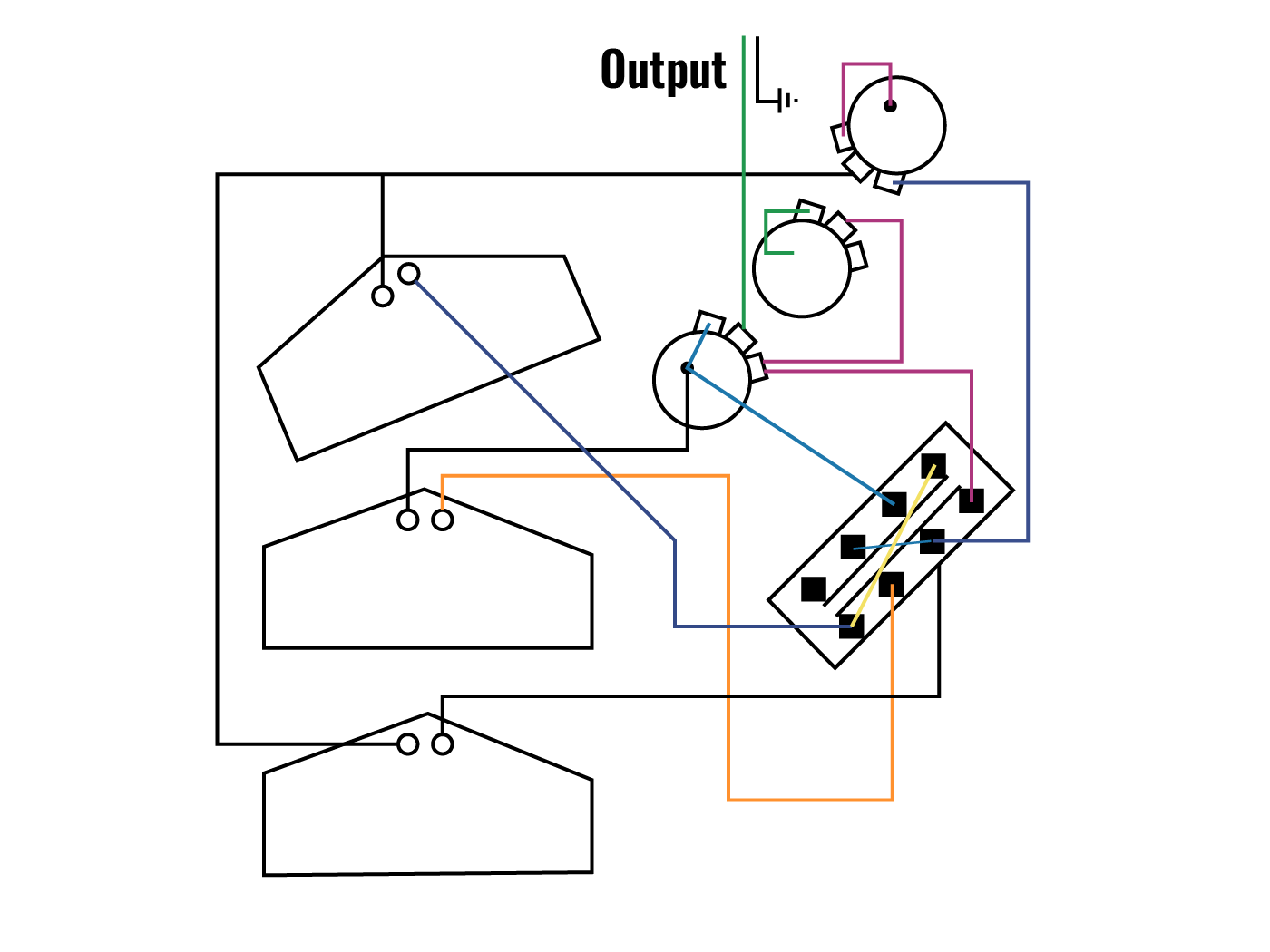
Dan Armstrong devised a parallel/series wiring mod for Strats that uses the ‘middle’ tone control as a blender/mixer. With the blend control at 10, you get all five regular pickup settings. When it’s rolled fully back you get an HSH configuration – the middle pickup combining in series with the neck and bridge in the front and back positions. These pseudo-humbucker settings are fatter and louder while settings 2 and 4 are genuinely out of phase.
You can explore semi-series and semi-out of phase tones as well, because there’s a blender rather than a switch. The new layout is simple to operate and if you’re content with master volume and tone, it’s a great way to use that spare control.
15. Adjust your pickup height

The term ‘Stratitus’ is used to describe the odd-sounding tuning anomalies many Strats exhibit on the low E string as you play above the 12th fret. This is caused by excessive magnetic pull from the pickups inhibiting string vibration, and pickups that are set high will make things worse. Don’t assume that your Strat came out of the factory adjusted to perfection – the proximity of the coils to the strings has a significant effect on tone.
Set the pickups high and they’ll make your Strat sound bright, loud and aggressive; set them lower and the tone should open up, with sweeter trebles and more dynamic response. Set them too low, and your Strat will sound dull and lifeless. All three pickups have height-adjustment screws and they’re there to optimise tone and balance the levels of the pickups. Let your ears guide you.
16. Add an inductance plate

Turning Telecasters into Tele/Strat hybrids is common enough, but fewer players have attempted to Tele-ise their Strats with a replacement bridge pickup – Lowell George being an honourable exception. These days it’s a cheap and easy mod that requires a metal inductance plate to be attached to the underside of a regular Strat bridge pickup.
These can fatten, focus and generally beef up your bridge pickup tone. Steel plates sound different to copper and so forth, so do some research beforehand to decide what appeals to you. Suppliers include Fralin, Shed Pickups, Singlecoil.com and Oil City.
17. Lube up
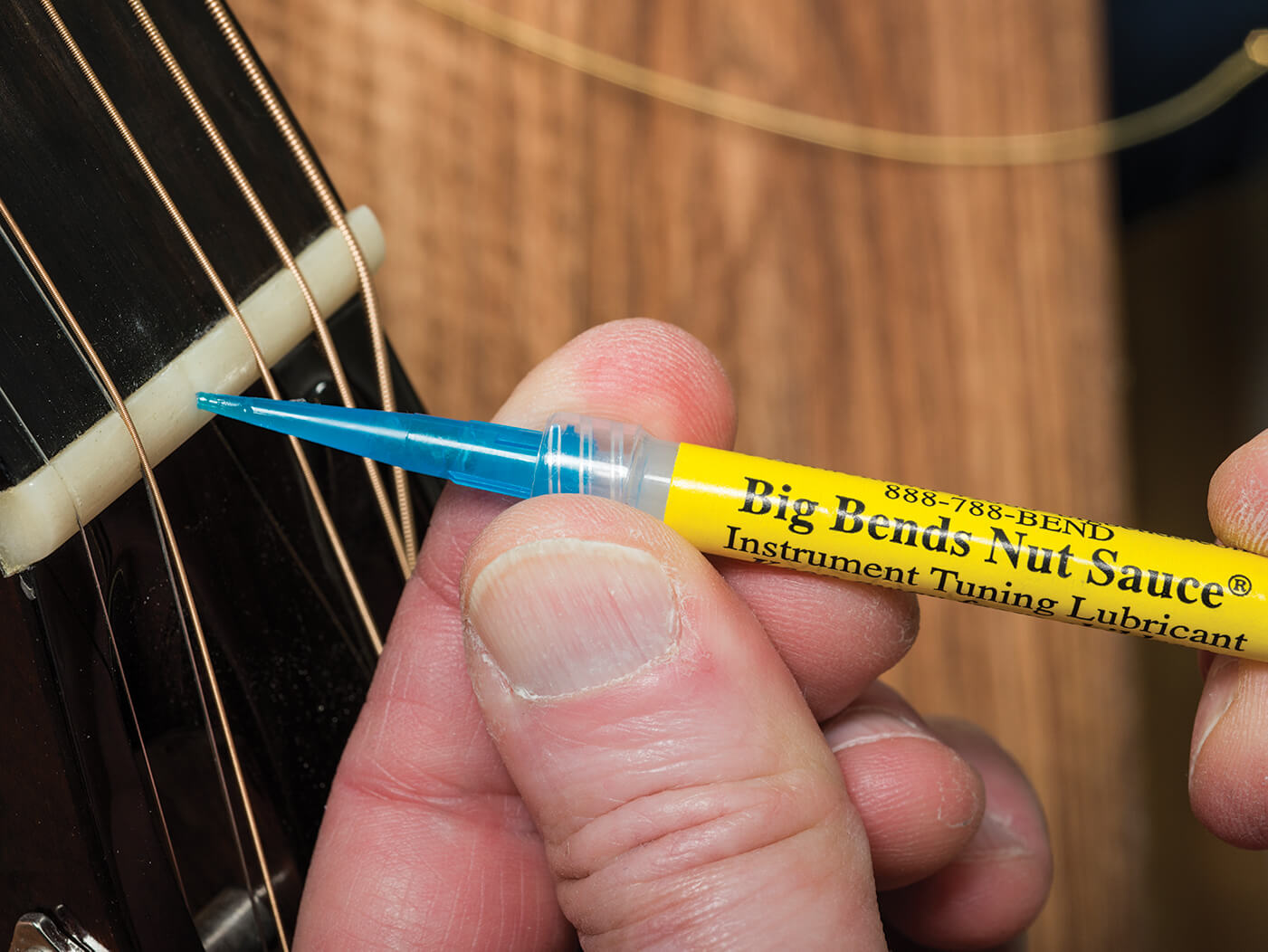
Friction is the enemy of stable tuning. This has been well understood for decades, and excellent results are achievable with traditional petroleum jelly and graphite from soft pencils. Other DIY solutions include silicon grease, Chapstick and ‘O’ ring grease, while specialist guitar products include Big Bends Nut Sauce, Graphit All and many more.
Although they all do much the same job, the guitar products are designed for accurate and mess-free application. Potential sticking points include nut slots, the point where the strings contact the saddles and beneath the string trees. Lube up as part of your string-changing routine.
18. Add a master tone control

Strat players have long struggled with over-bright bridge pickups, prompting aftermarket pickup makers to devise ‘balanced sets’. Many deliver, but the underlying cause is not addressed. Stock Strat pickups are balanced, but the stock circuit isn’t, as only the neck and middle pickups bleed treble through the tone circuit. Changing to a master tone arrangement is a simple modification that ‘balances’ the treble response of the pickups and frees up the second tone control for trick wiring.
If you connect the master tone control to the output (centre) tag of volume control rather than the input, the ratio of guitar signal to treble bleed remains consistent regardless of the position of the volume knob. Many find it renders treble bleed capacitors superfluous – and you can try it on your Tele too.
19. Try the Memphis Wiring trick
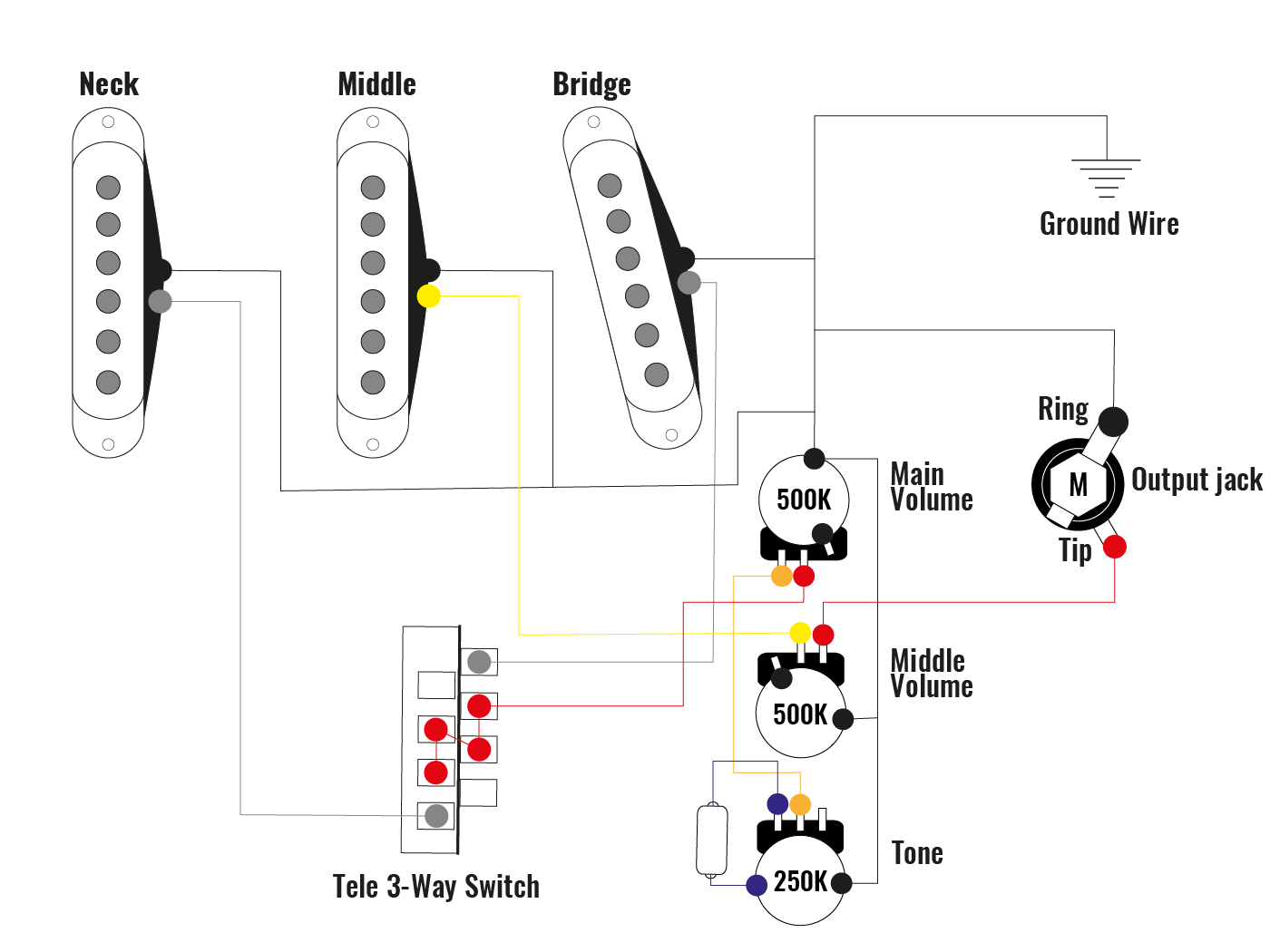
In the days of three-way switches, players were aware of the Strat’s in-between settings but it was hard to make the switch stay put. Here, the middle pickup is disconnected from the volume control and the switch, leaving a Tele-type neck/both/bridge arrangement with master volume and tone controls.
The spare tone control becomes the middle pickup’s volume. You can still have all your regular Strat settings plus all three pickups in parallel and a great sounding neck/bridge combination. It’s known as ‘Memphis Wiring’ because this was the preferred configuration of Sun Records legend Roland Janes.
20. Watch out for friction

Friction is the cause of most tuning problems, and rough nut slots are a common source of friction. Listen for clicks and pings from the headstock area as you tune up. Budget Strats often come with plastic nuts, which aren’t good for tone or tuning; why not consider upgrading to bone or a self-lubricating graphite nut from Graphtec?
Trem king Jeff Beck prefers a roller nut, but standard nut slots must be altered to fit one. If you already have a bone nut, try wrapping a length of string with 1200 grit wet and dry paper and smoothing the slots. After protecting rosewood fingerboards with masking tape, buff the nut and slots with chrome polish.
21. Experiment with out of phase switching
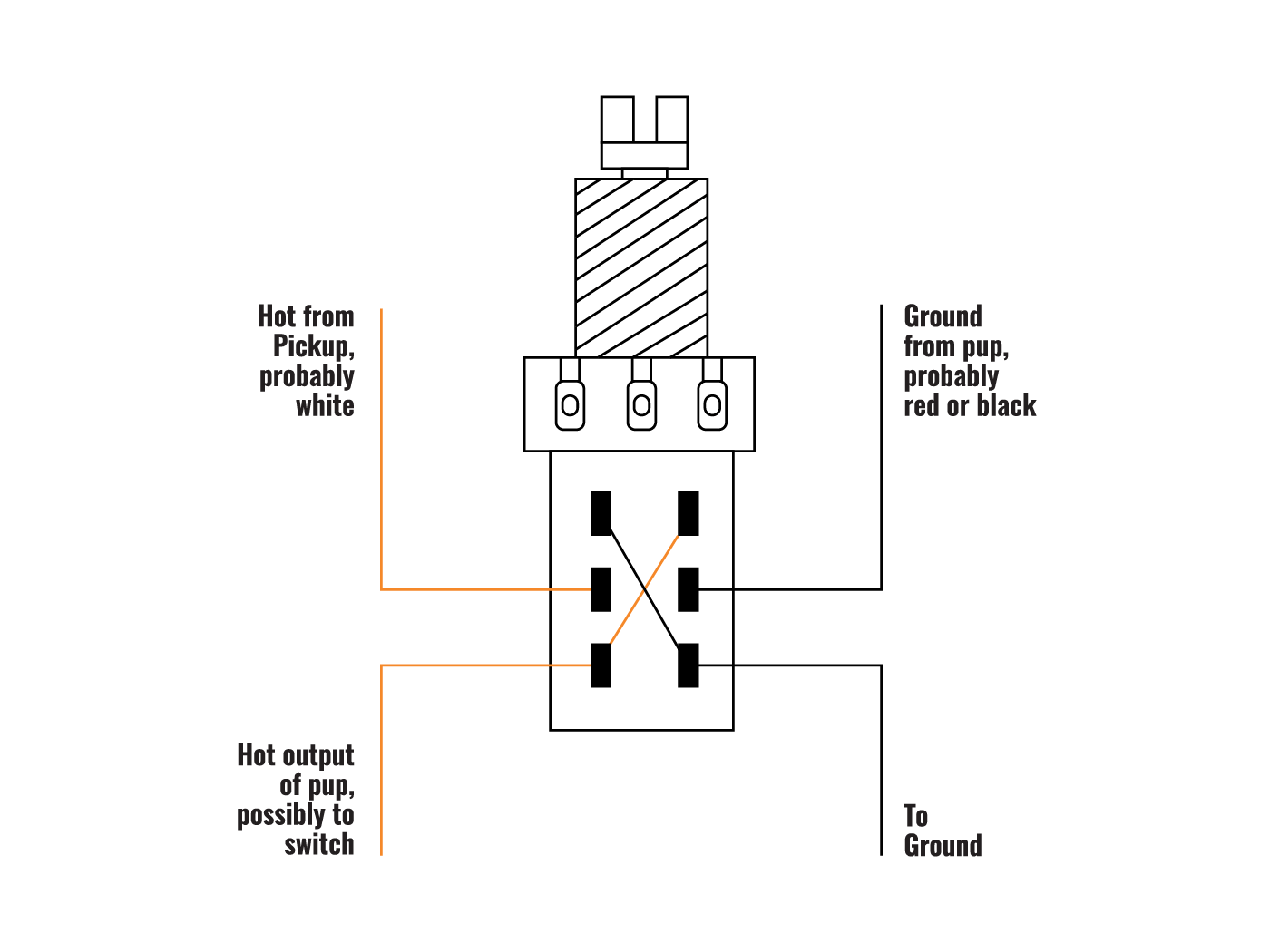
Although the in-between settings are often referred to as ‘out of phase’, it’s really two pickup coils working together in series. There’s a degree of phase shift because they’re picking up string vibrations from different areas of the string, but the pickups are actually in phase electronically.
True out of phase switching means reversing the positive and negative connections of one pickup. Individually the pickups will sound the same, but in combination the thinner, scratchier, honkier sound is useful for getting clean sounds high in a mix without eating up too much frequency space. It’s a tone heard on funk and old Motown records, and it can be brutally lo-fi through a fuzzbox.
22. Upgrade your pickups
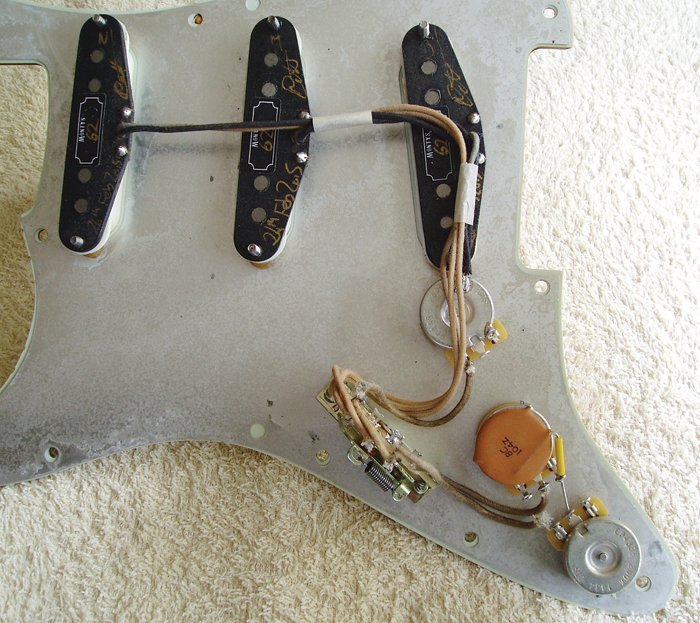
We believe a pickup upgrade can provide the biggest improvement of all, but it shouldn’t be regarded as a cure-all – there are easier and cheaper upgrades that you should perform first. Vintage tone enthusiasts may want scatterwound coils and they should check out the various types of alnico and slug staggers Fender used in different eras. Formvar magnet wire was used prior to the CBS takeover and plain enamel thereafter.
All these things make a difference. Hot wound single coils and drop-in humbuckers with coils in stacked and side-by-side configurations will make your Strat far more powerful. Drop-in P90 soundalikes are also available, as are low-output Danelectro-style lipsticks.
23. Install push-pull switches
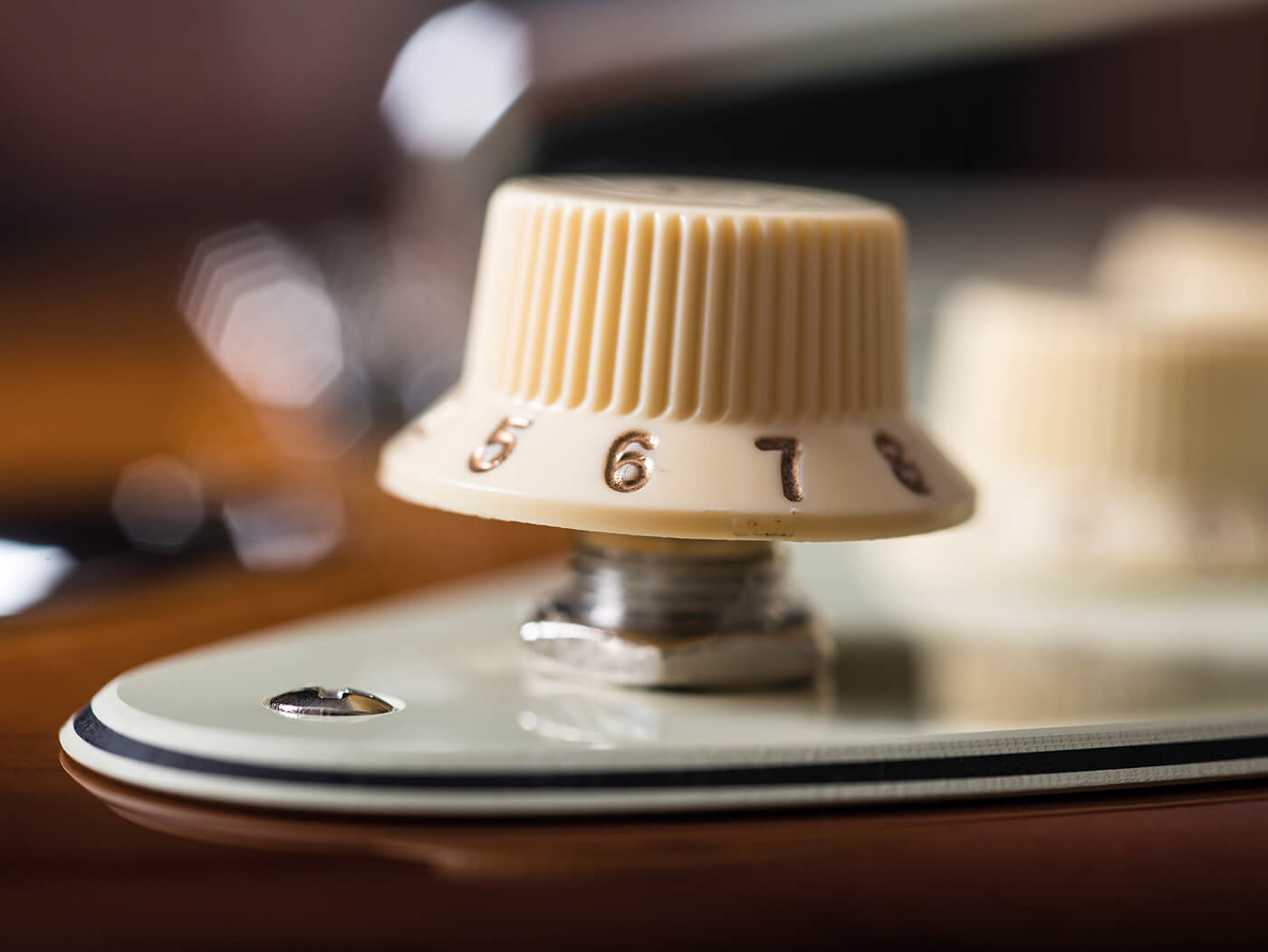
Push-pull switches – a switch box combined with a potentiometer in a single unit – have been around for a long time. The control knob works conventionally but it can be pulled up or pushed down to use the switch mechanism. The switch can perform any number of functions, some of which are detailed in this article.
The problem for Strat players is that stock tapered knobs are not easy to grip and you can’t get your fingertips underneath if they are tight against the scratchplate. The solution is simple – fit a push-push switch instead, so you push down to switch on, and push down again to switch off. It’s fast, effective and means you don’t need to drill holes in your pick guard.
24. Prevent string slipping
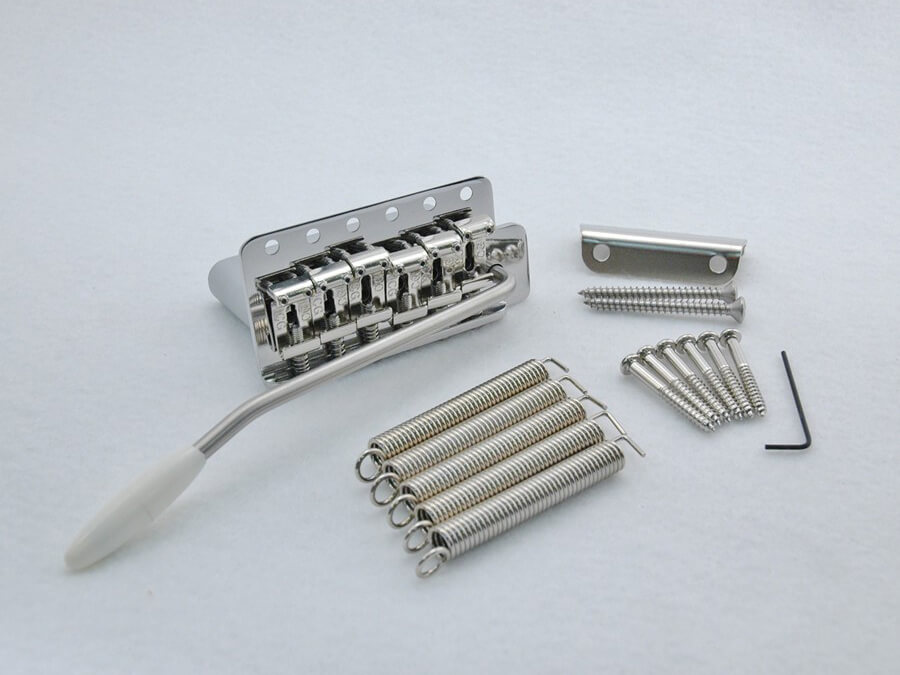
Many players experience a problem with their E strings slipping off the fingerboard when they apply finger vibrato. On old guitars this can occur because the neck has become worn through years of playing or overly aggressive fretwork, but some contemporary Strats – like the Yngwie Malmsteen signature model – exhibit the very same problem.
The Callaham V/N bridge is useful in combatting this as it combines a vintage-spec 2 7/32-inch screw spacing with modern 2 1/16-inch string spacing. It’s a drop-in replacement for vintage-spec Strats, and it cures slippage by moving the E strings further towards the centre of the fingerboard. Bent steel saddles and a cold rolled steel block come as part of the package, and the narrower spacing might also be a better match for Strats with humbuckers.
25. Add a treble bleed cap
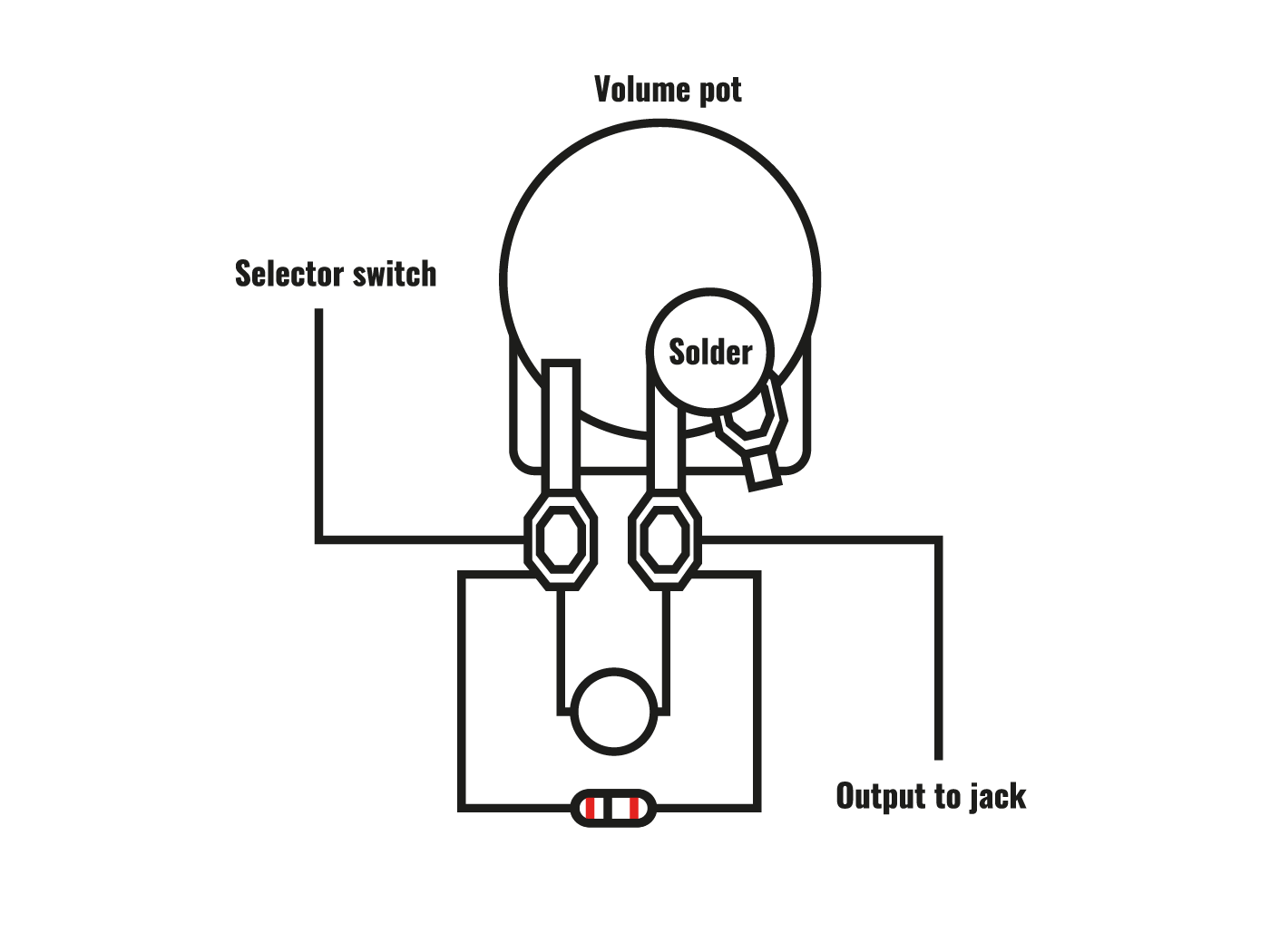
Does your tone get dull when you turn down? If so, try soldering a capacitor between the input and output terminals of the volume pot. When the volume control is fully up, the cap is bypassed, but when you turn down, the cap allows some of the high-frequency content to bypass the volume pot and go straight through to the output. Suitable capacitor types include ceramic disc, film and silver mica.
Be careful, as if the capacitor value is too high, you may experience some excessive brightness as you back off. Some suggest a 130K resistor in series with the cap to reduce the treble bleed or a 100K resistor in parallel with the cap to modify the pot taper. Begin with a 1000pF, and be prepared to experiment.
Check out more of our DIY guides here.
